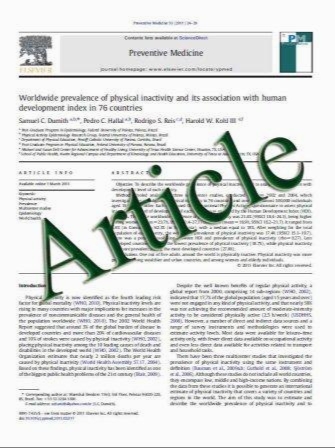Feasibility of intraoperative motor-evoked potential monitoring for skull base tumors with a high risk of postoperative motor deterioration
- نوع فایل : کتاب
- زبان : انگلیسی
- مؤلف : Kimiaki Hashiguchi , Takato Morioka , Fumiaki Yoshida , Koji Yoshimoto , Tadahisa Shono , Yoshihiro Natori , Shinji Nagata , Tomio Sasaki
- چاپ و سال / کشور: 2011
Description
Objective To establish the validity and utility of motorevoked potential (MEPs) monitoring for skull base tumor resection, we explored the relationship between MEP monitoring results and postoperative motor function. Methods MEPs were successfully monitored during 76 operations in 68 patients with a high risk of motor morbidity. MEP monitoring data were correlated with perioperative clinical motor function. Results MEPs remained stable in 56 operations (73.7%), and no postoperative motor deterioration was observed. Transient or permanent deterioration of MEPs (<50% of the initial amplitude before surgery) occurred in 20 operations (26.3%). This deterioration was reversible after intervention in seven cases (9.2%). Irreversible deterioration in MEPs was seen in 13 cases (17.1%). In five cases, the final amplitude was greater than 10%. Two of these patients experienced transient loss of MEPs and moderate to severe hemiparesis. Both patients showed full recovery within 6 months after the operation. The other three patients experienced no postoperative worsening of motor function. The final MEP amplitude was less than 10% in the other eight patients, including five with permanent MEP loss. All of these patients experienced severe postoperative motor dysfunction. Recovery of motor function was worse in most participants in this group compared with those in the other groups. Conclusion Intraoperative MEP monitoring is a valid indicator of pyramidal tract pathway function for skull base tumor surgery.
Acta Neurochir (2011) 153:1191–1200 DOI 10.1007/s00701-011-1006-5


